Description
We now come to Problems in Mathematical Analysis edited by B. P. Demidovich. The list of authors is G. Baranenkov, B. Demidovich, V. Efimenko, S. Kogan, G. Lunts, E. Porshneva, E. Sychera, S. Frolov, R. Shostak and A. Yanpolsky. This collection of problems and exercises in mathematical analysis covers the maximum requirements of general courses in higher mathematics for higher technical schools.
It contains over 3,000 problems sequentially arranged in Chapters I to X covering branches of higher mathematics (with the exception of analytical geometry) given in college courses. Particular attention is given to the most important sections of the course that require established skills (the finding of limits, differentiation techniques, the graphing of functions, integration techniques, the applications all of definite integrals, series, the solution of differential equations).
Since some institutes have extended courses of mathematics, the authors have included problems on field theory, method, and the Fourier approximate calculaiions. Experience shows that problems given in this book not only fully satisfies the number of the requirements of the student, as far as practical mastering of the various sections of the course goes, but also enables the instructor to supply a varied choice of problems in each section to select problems for tests and examinations.
Each chapter begins with a brief theoretical introduction that covers the basic definitions and formulas of that section of the course. Here the most important typical problems are worked out in full. We believe that this will greatly simplify the work of the student. Answers are given to all computational problems; one asterisk indicates that hints to the solution are given in the answers, two asterisks, that the solution is given. The are frequently illustrated by drawings.
This collection of problems is the result of many years of teaching higher mathematics in the technical schools of the Soviet Union. It includes, in addition to original problems and examples, a large number of commonly used problems.
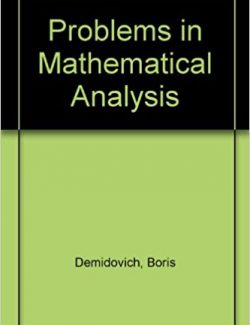
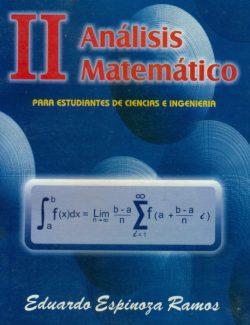
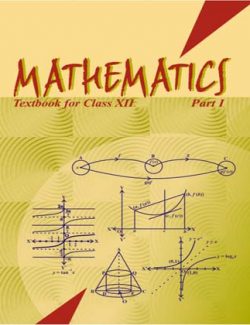

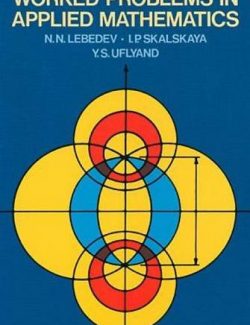
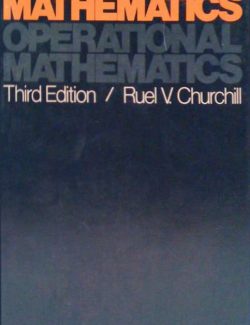

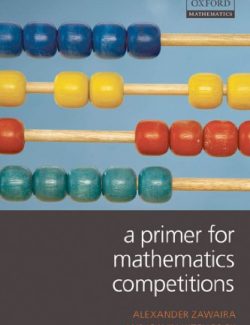

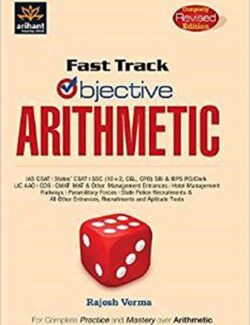

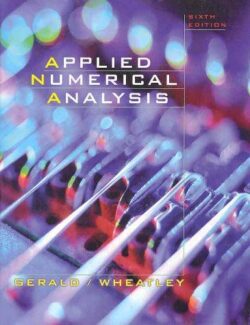
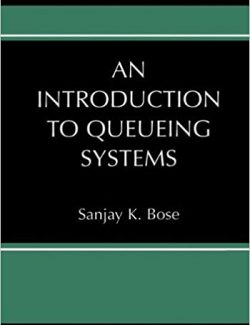
Leave us a comment
No Comments